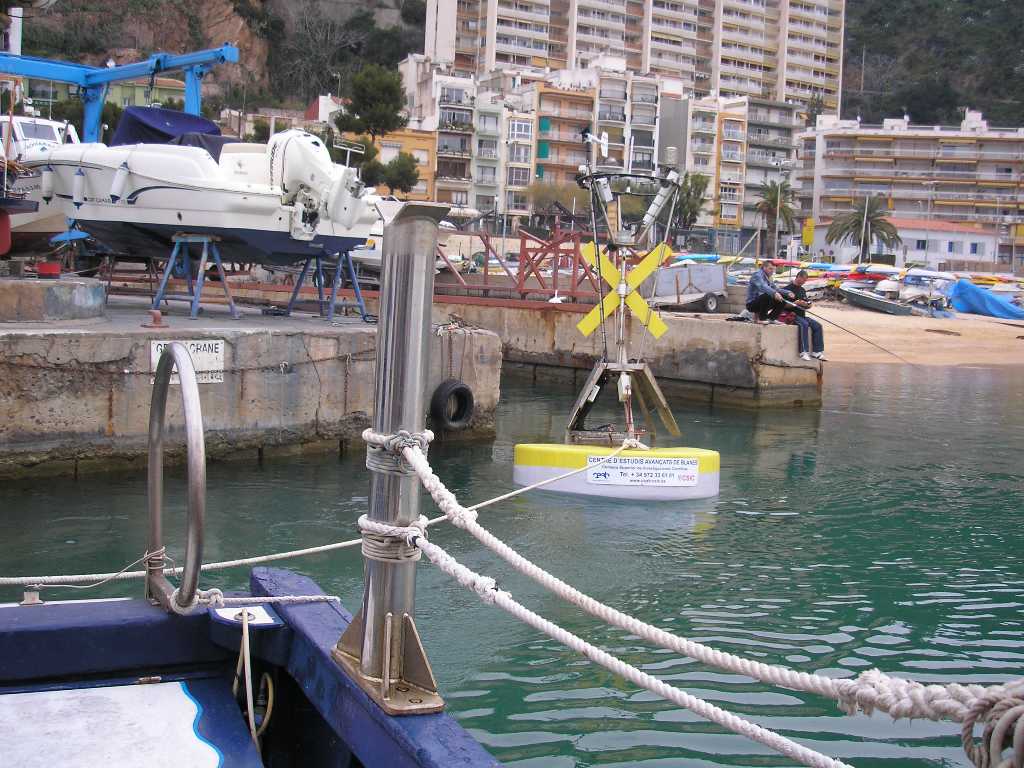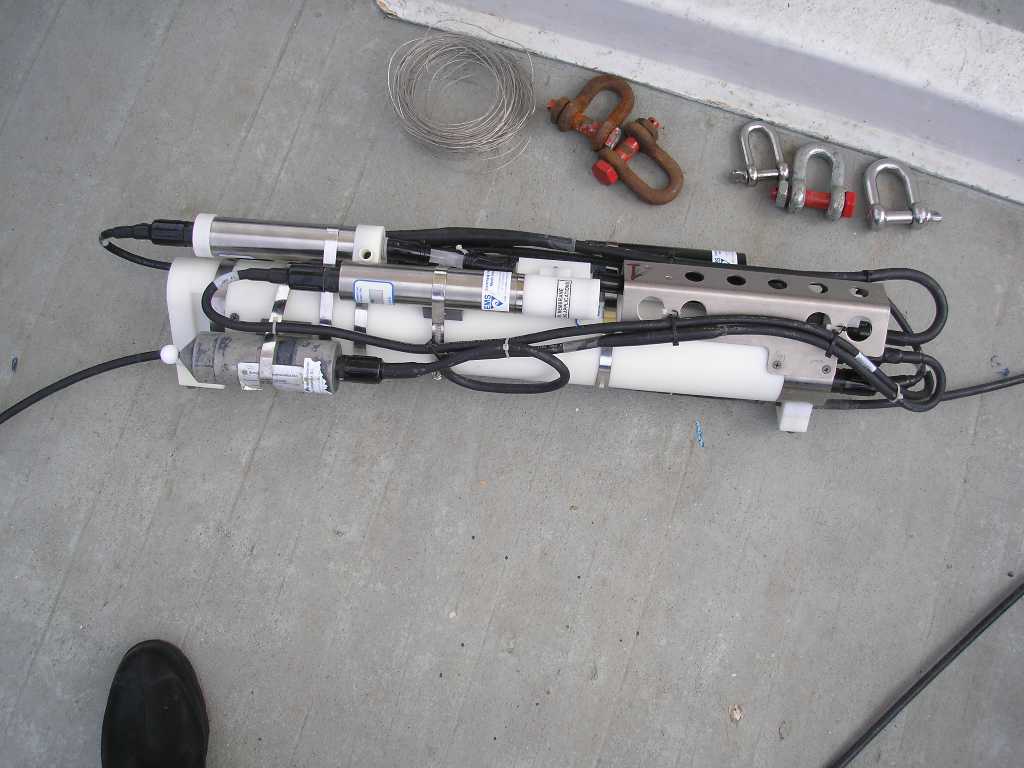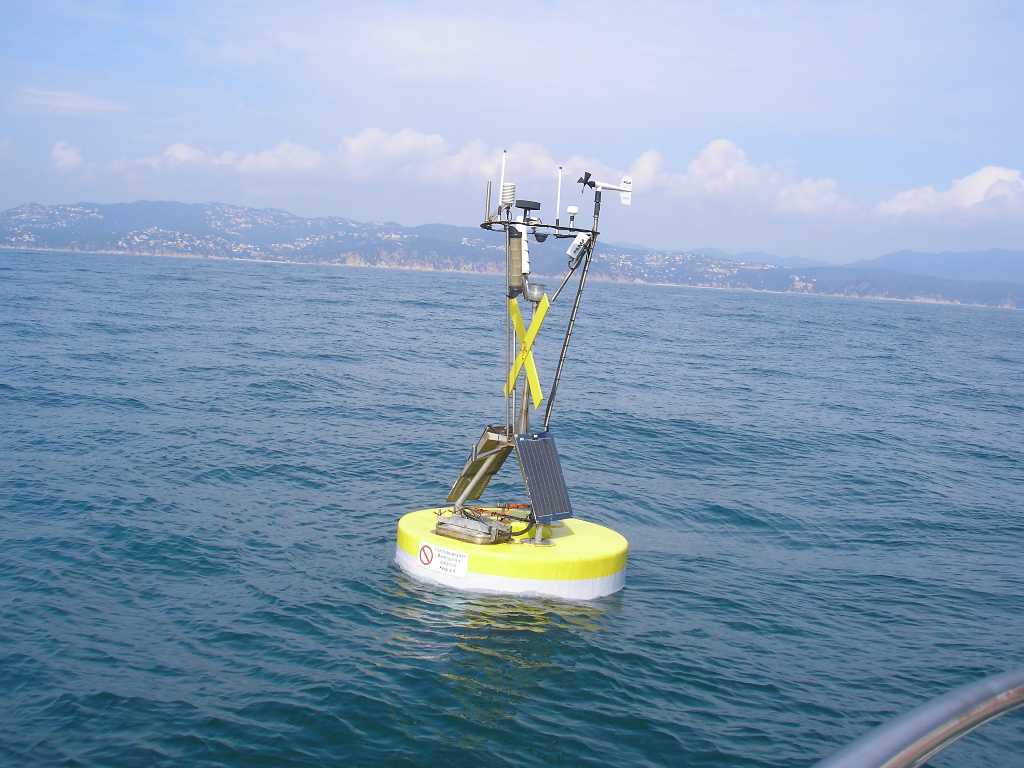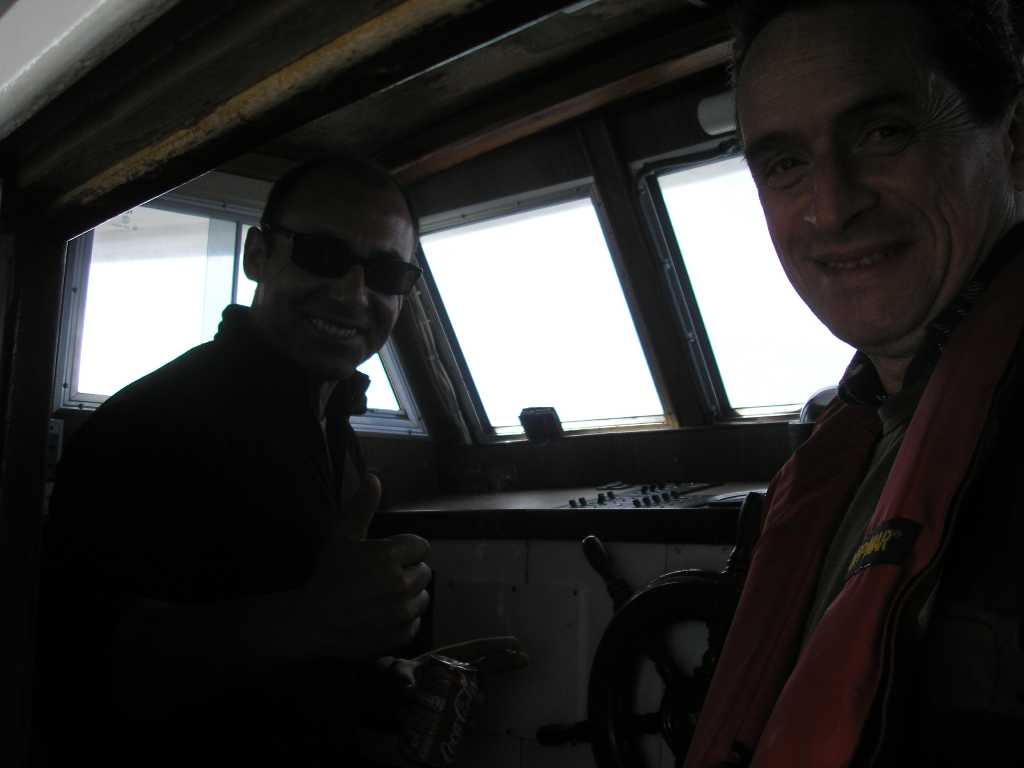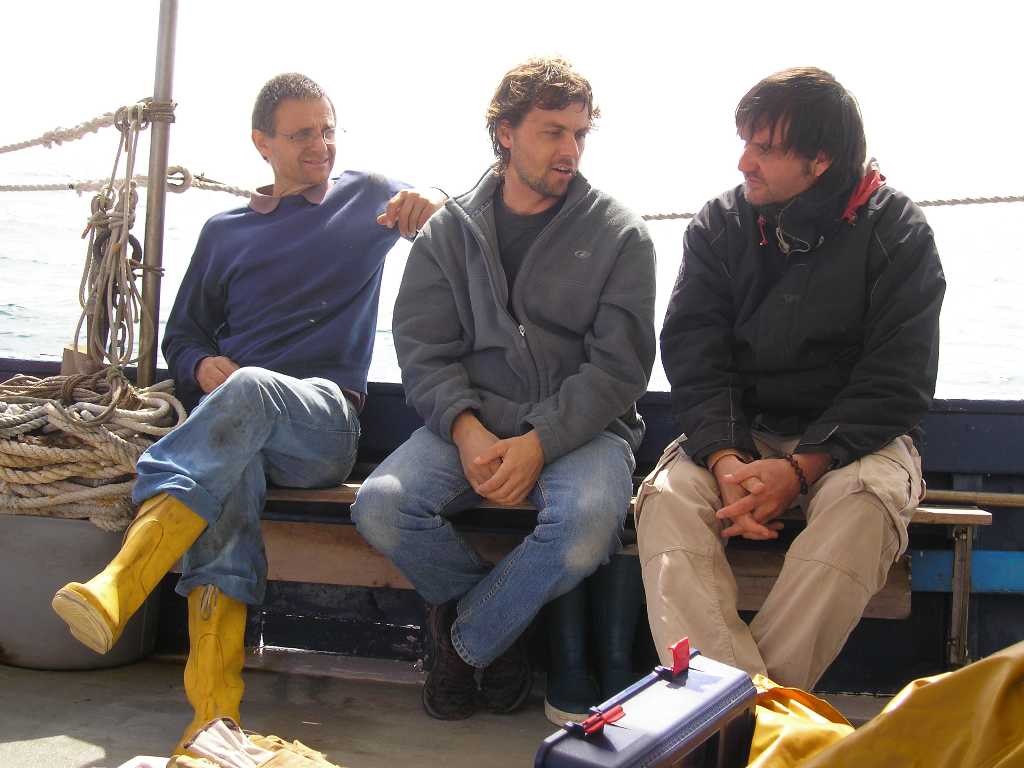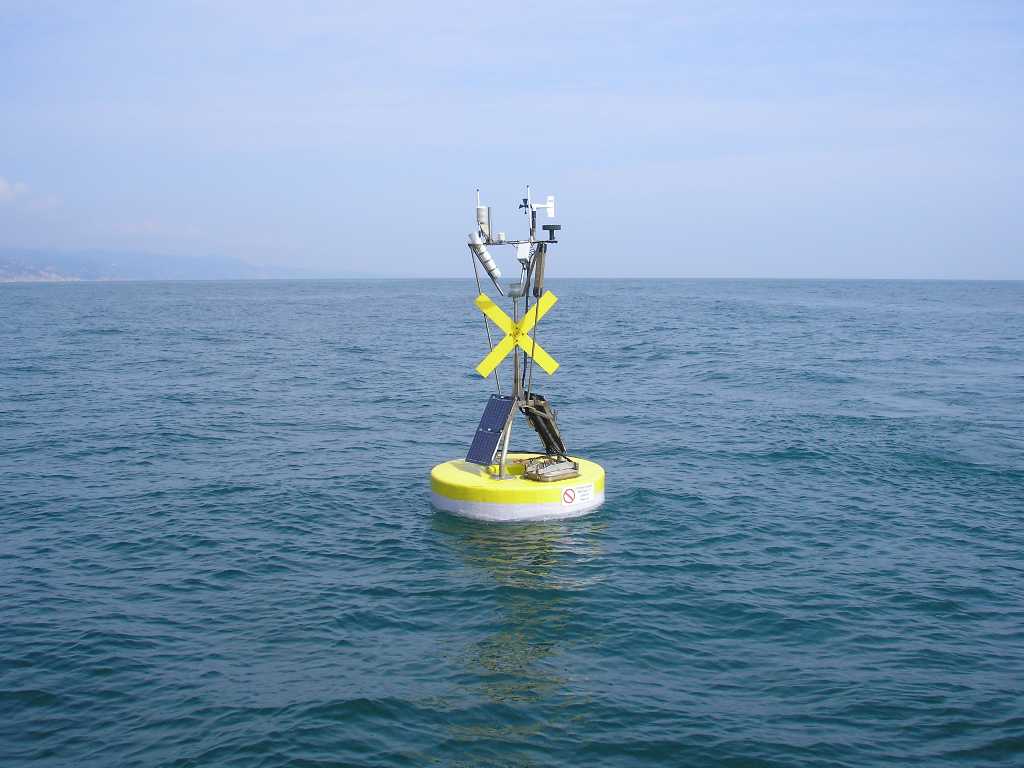|
|||||||
|
|
|
March 25th, 2011 Buoy back in place and data available again!
Summary Last January 20th, the buoy was taken to the port to perform major inspection. It took a month until it was ready to be deployed back to the mooring location at the Blanes canyon head. However, about a month more took us to finally deploy it as various cyclons in the area created permanent bad sea conditions preventing us to get on board "Dolores" and drag the buoy to the mooring location. Fortunately... we were waiting paciently and we never lost temper...! Today, Friday 25 March was The Day. The buoy was successfully attached to the mooring line and all the instrumentation abord is back fully operational producing data of the meteorological and sea conditions of the Observatory station! Details regarding maintenance For the time that the buoy remained in land, its structure was cleaned, inspected and painted. New signs indicating the institution name and warning boats to anchor in it were put on. Moreover, one major change was made to the structure. It consisted of incorporating a removable device to attach the surface thermosalinograph. This way the thermosalinograph can be taken off from the surface of the buoy while the buoy remain in place. It happened that the two inductive CTDs attached to the inductive cable were taken off for maintenance but that was not the case for the surface thermosalinograph. Now, the three CTDs can be removed for maintenance in land whereas the buoy remains attached to the mooring line. Regarding the instrumentation, the CTDs were cleaned and batteries were replaced. The sensors measurements were intercalibrated in Lab, using for that a small swiming pool of seawater with the three CTDs in. Dissolved oxygen values in the pool measured with the CTD sensors were compared against measurements in Lab using the Winkler procedure. The today sea conditions and on-board operations The day was cloudy with slight wind. Some swell accompanied us on the cruise. The swell prevented us to navegate faster than 2.5 knots, otherwise the buoy pitch was too much. In better sea conditions, we can go up to 3.3 safety knots. But, we are big boys with experience in this subject and navegating slowly wasn't a matter to us. The sea was a bit green and showed very low transparency. In the way from the Blanes harbor to the mooring location, five miles away, we crossed a front clearly indicated by a long line of foam and debris, likely created by freshwater discharges produced by rains that have taken place over the are in the last days. Anyhow, low transparency of sea water is expected this time of year. Spring has started, solar radiation is increasing, and surface water is getting warmer and hold a lot of micronutrients. This all is what phytoplankton requires to grow quickly near the surface. As a matter of fact, this phenomenon should have started several weeks ago. This time the operation on board was carried out by the CEAB's team composed by Gustavo, Ferran and Nixon (we missed you, Laura!) together with our collaborators from private companies, Eduardo Muñoz and Dídac Català. This time we were sure of letting the oceanographic buoy to be away from the boat while detaching the reference buoy from the mooring line. This allowed us to work more pleasantly and more safely, as it prevented an eventual crash between the buoy and the boat. Finally, the lower extreme of the 50m inductive cable from the oceanographic buoy was attached to the upper extreme of the mooring line, that was previously taken up on board with the use of the boat's crane. It worked smoothly. Congratulations to all the team members and congratulations, too, to Dr. Antonio Cruzado who follows very close and with a very good reasons, all our activities. Nixon Bahamon |
|||||||||||||||||||||||||||||||||||||||||

